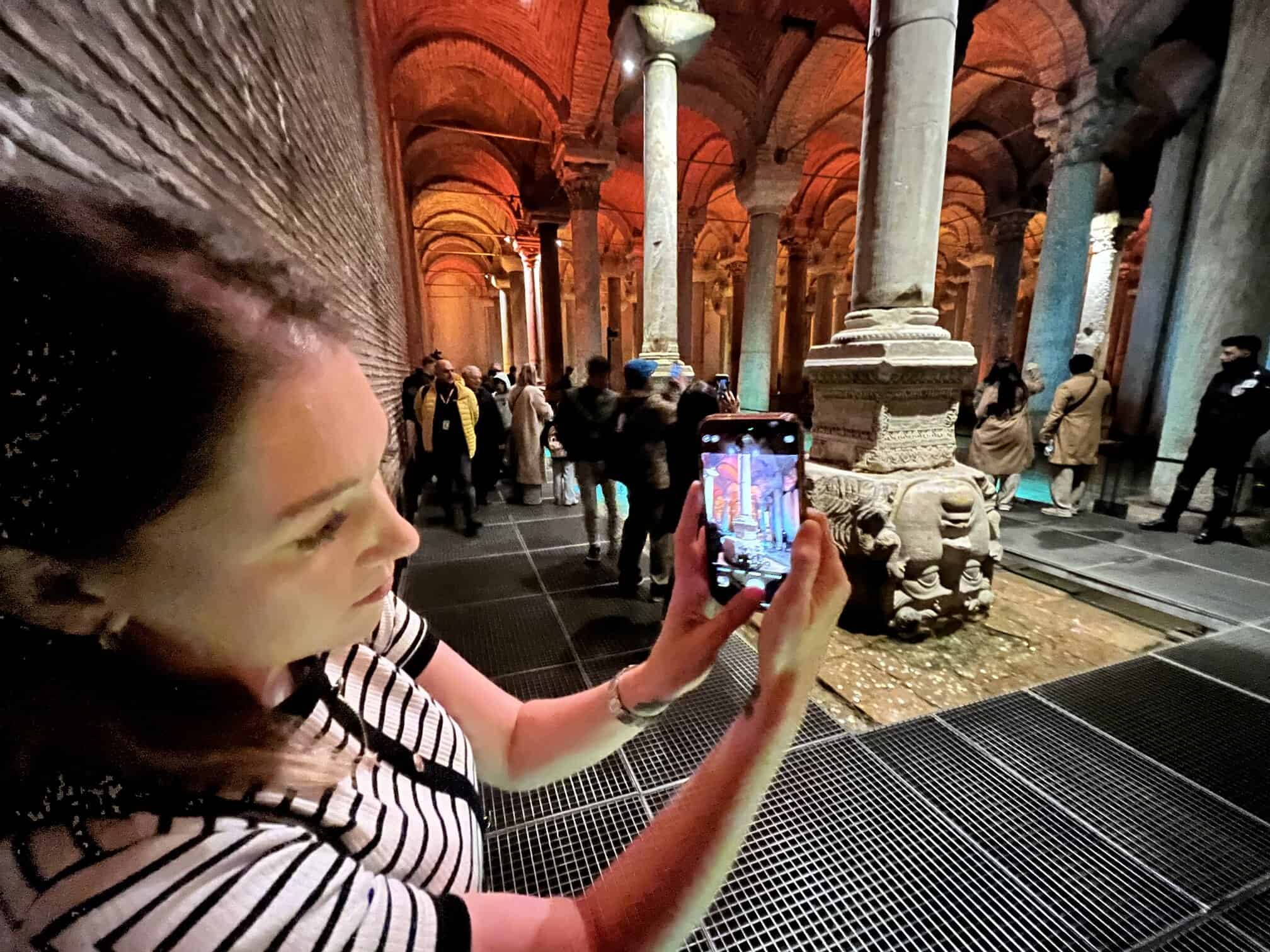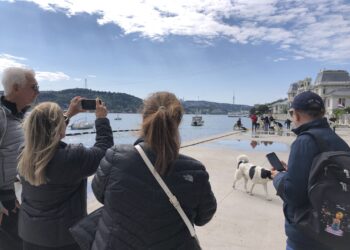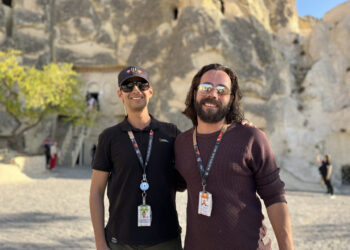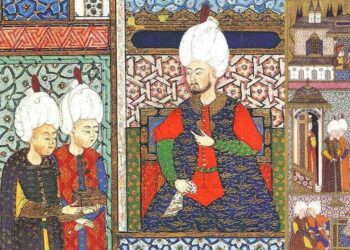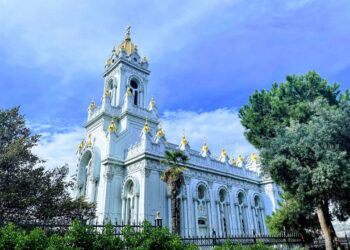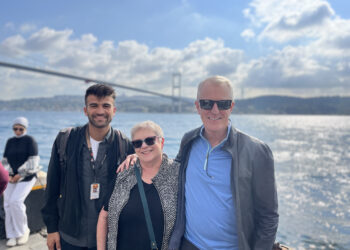Introduction
Nestled along the Bosphorus on Istanbul’s Asian shore, Küçüksu Pavilion is a small yet enchanting palace that embodies the delicate blend of Ottoman and European styles characteristic of the 19th century.
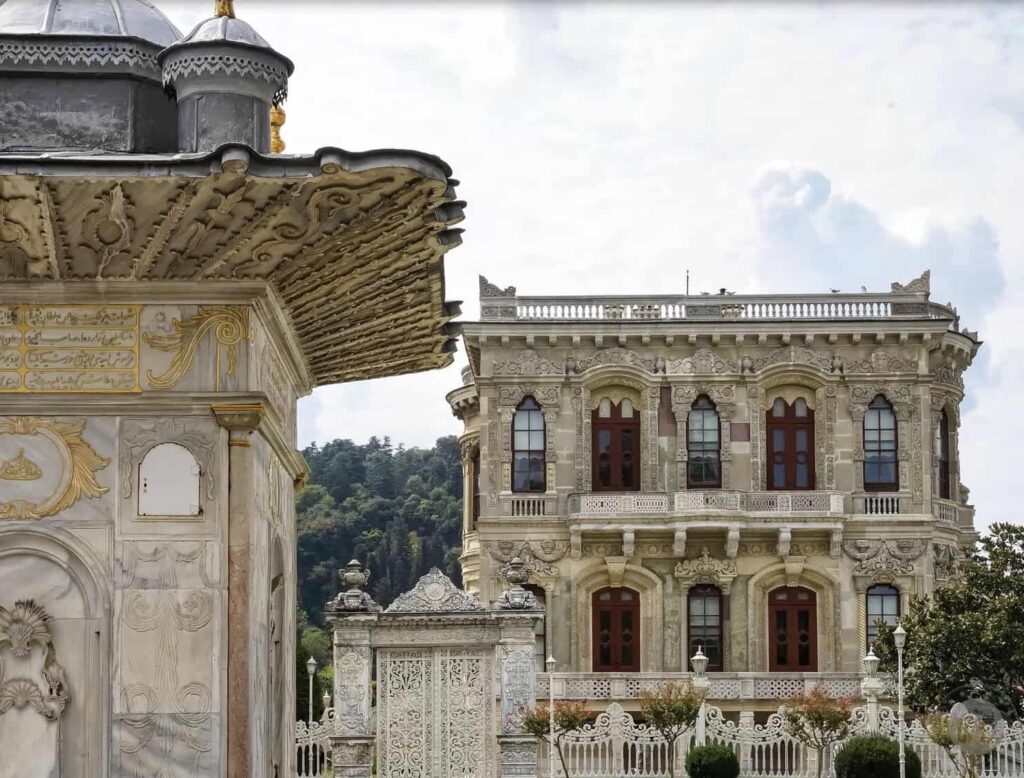
This historical gem invites visitors to step back in time and experience the Ottoman Empire’s opulent lifestyle in one of its most picturesque settings. Join us as we uncover the history, architectural beauty, and visit details of Küçüksu Pavilion—and learn about how you can enhance your experience with a guided tour.
Table of Contents
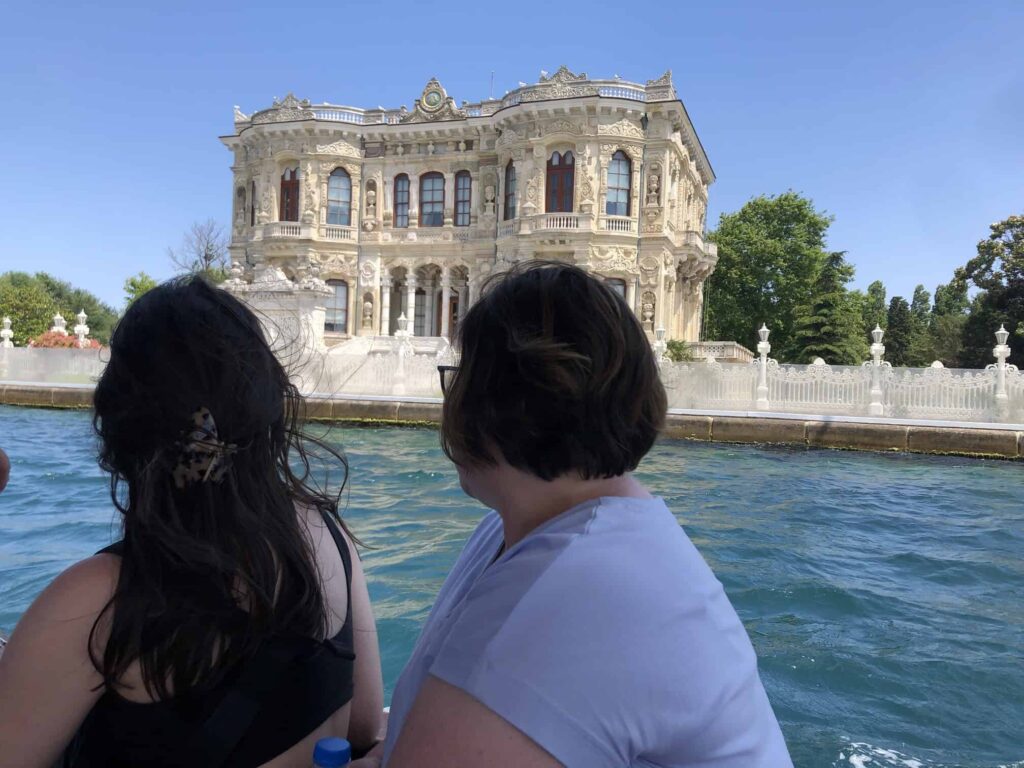
A Glimpse into History: The Birth of Küçüksu Pavilion
Küçüksu Pavilion was commissioned by Sultan Abdülmecid I, the 31st Sultan of the Ottoman Empire, who reigned from 1839 to 1861. Known for his efforts to modernize the Ottoman Empire in line with Western influences, Sultan Abdülmecid launched a series of reforms in various sectors, including architecture. Influenced by Western palaces, he sought to leave behind a legacy of luxurious residences that were both beautiful and practical.
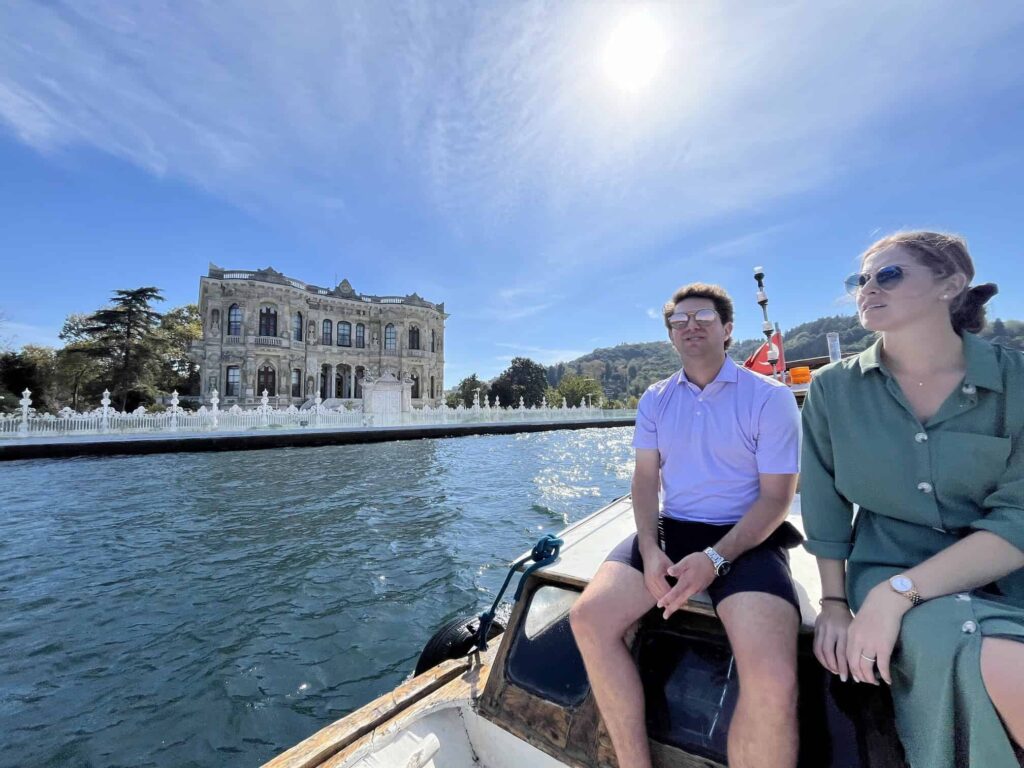
Built between 1856 and 1857, the pavilion became a place where the sultan and his entourage could relax and enjoy the natural beauty of the Bosphorus, escaping from the hustle and bustle of city life.

Designed by Nigoğayos Balyan, one of the most famous architects of the time and a member of the renowned Balyan family, the pavilion’s architecture reflects a blend of Ottoman and Neo-Baroque styles, echoing the tastes of Europe’s aristocracy. Balyan’s architectural genius can also be seen in other iconic structures, such as the Dolmabahçe Palace, where similar Baroque influences are evident.
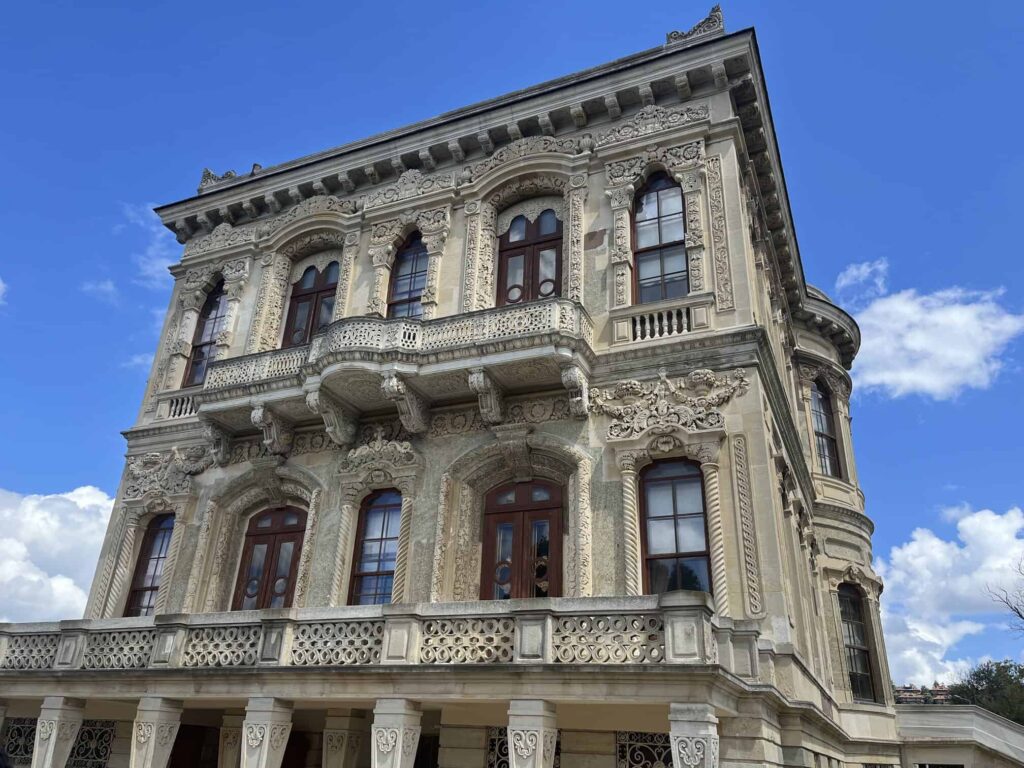
Architectural and Artistic Features of Küçüksu Pavilion
Though small in scale compared to other Ottoman palaces, Küçüksu Pavilion is richly detailed and captivating. It’s crafted from leftover white marble from Dolmabahce Palace, with intricate carvings and decorative motifs covering its façade. The pavilion’s exterior displays a variety of floral and geometric patterns, with intricate, carved stone reliefs adorning every corner. Stepping inside, visitors are greeted with an opulent interior marked by hand-painted ceilings, crystal chandeliers, and lavish woodwork.
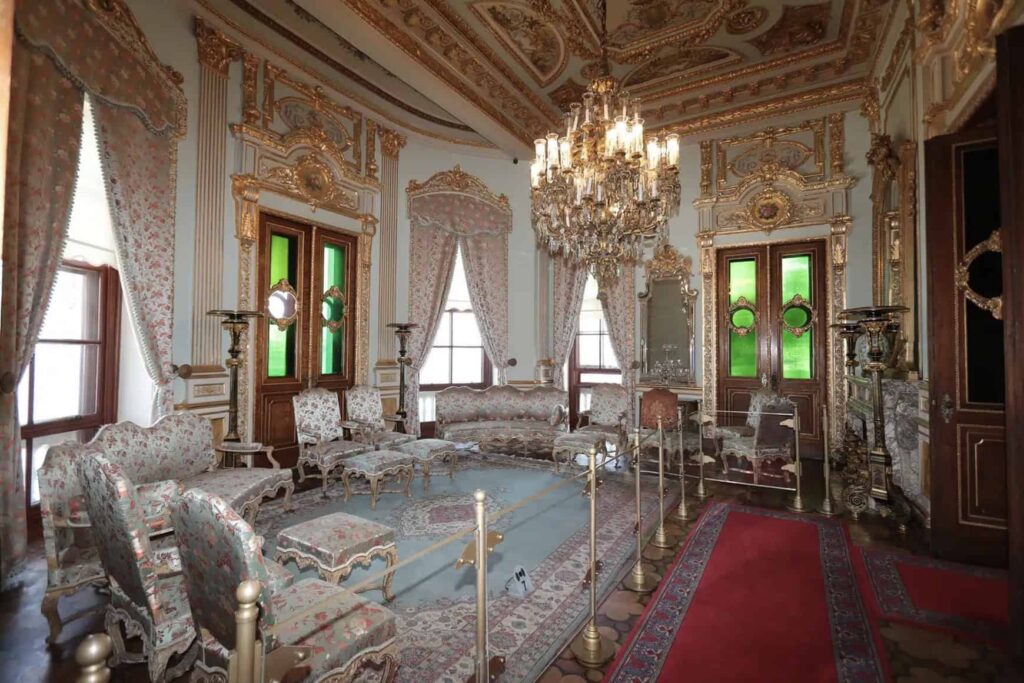
The Interior
The interior design reflects a blend of Turkish and European styles, with rooms furnished in both Eastern and Western décor. The walls are adorned with paintings of natural landscapes, creating a harmonious atmosphere that matches the pavilion’s serene surroundings.
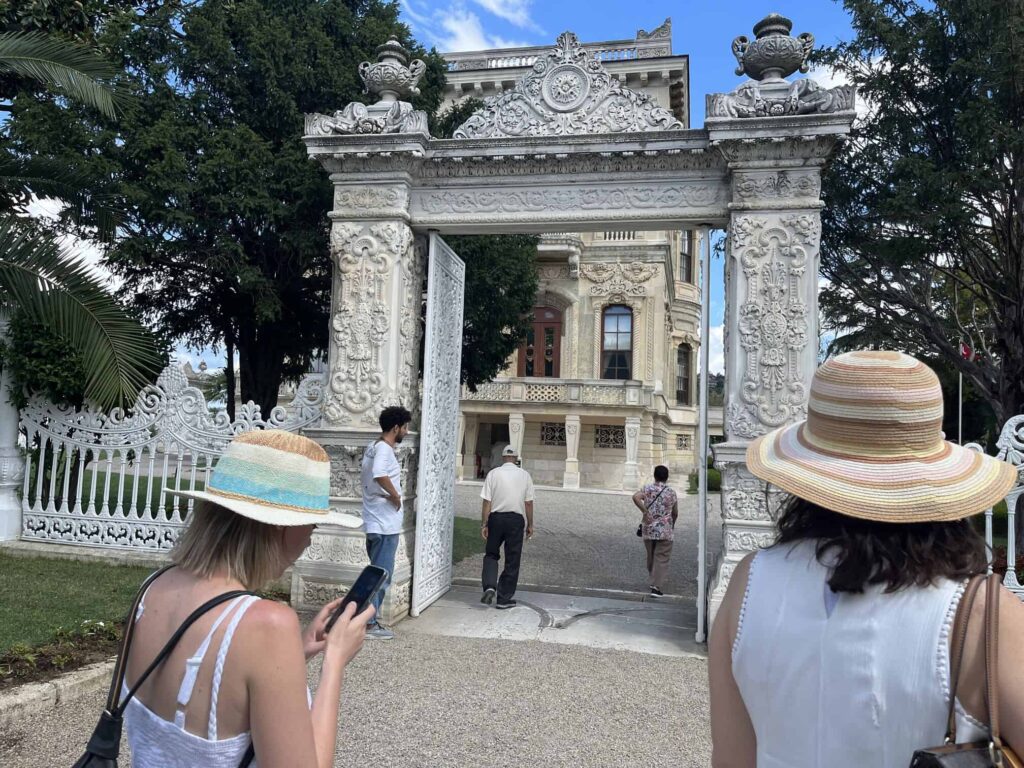
The gardens surrounding the pavilion add to its charm, filled with lush greenery and flower beds that bloom throughout the year, enhancing the tranquil setting.
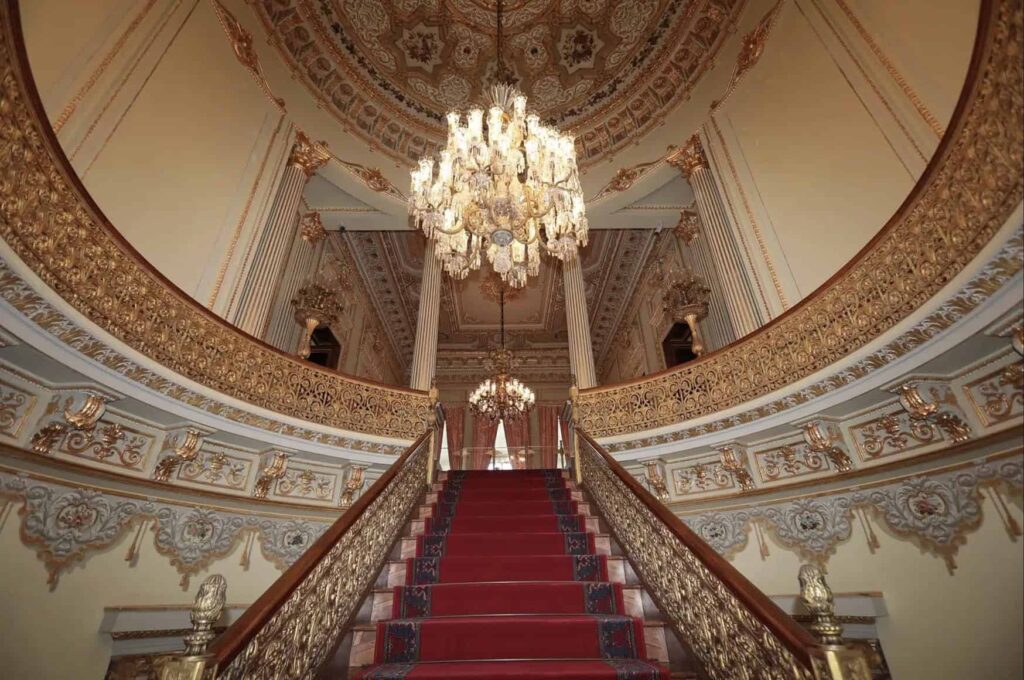
One fascinating feature of Küçüksu Pavilion is its functional purpose. Unlike grand palaces meant for year-round residence, this pavilion was designed as a kasır, or a small palace used seasonally, primarily as a hunting lodge or a resting spot during outings. As a result, its rooms are smaller and more intimate, making the pavilion feel like a cozy retreat.

Visiting Küçüksu Pavilion: Hours, Tickets, and Tips
Today, Küçüksu Pavilion serves as a museum, allowing visitors to explore its splendid architecture and interiors up close. It’s open to the public, though hours may vary, so checking in advance is recommended.
- Opening Hours: Küçüksu Pavilion is typically open from 9:00 am to 5:00 pm, closed on Mondays.
- Admission Fees: About 5 Euros. (160 Turkish Lira)
- How to Get There: The pavilion is easily accessible by public transport. Visitors can take a ferry to the Anadolu Hisarı pier, followed by a short walk along the Bosphorus. Alternatively, private car services or guided tours can provide convenient access to this stunning location.
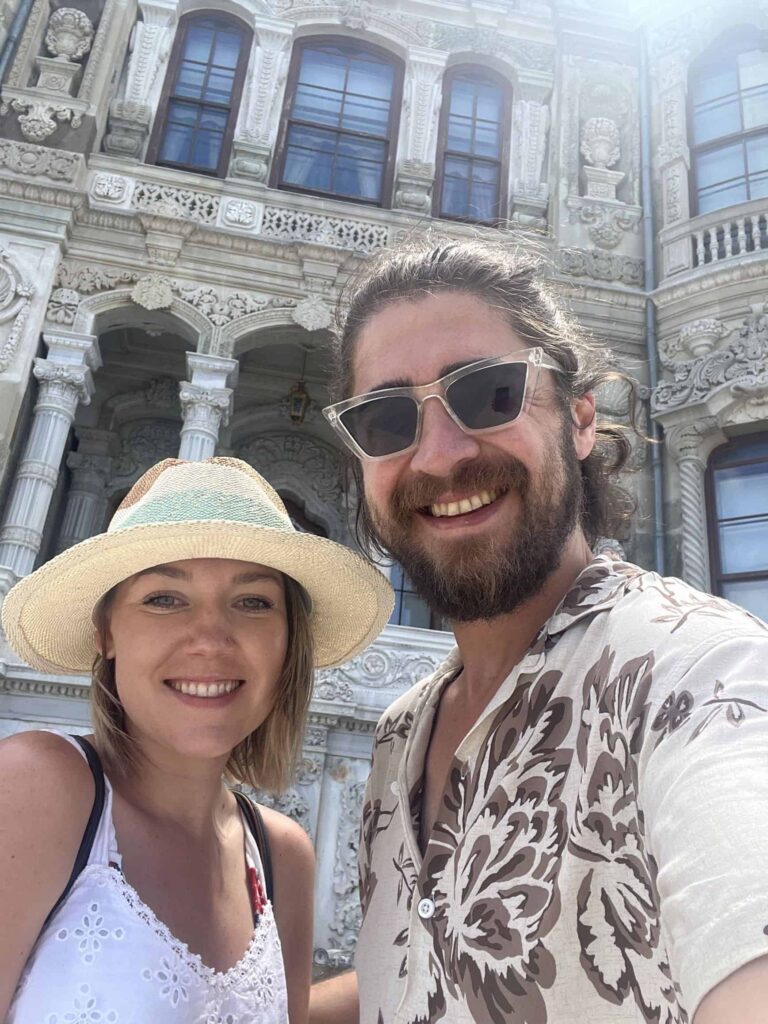
Get in touch with us for a Guided Tour
For those looking to gain a deeper understanding of Küçüksu Pavilion’s history, architecture, and significance within the Ottoman Empire, a guided tour is highly recommended.
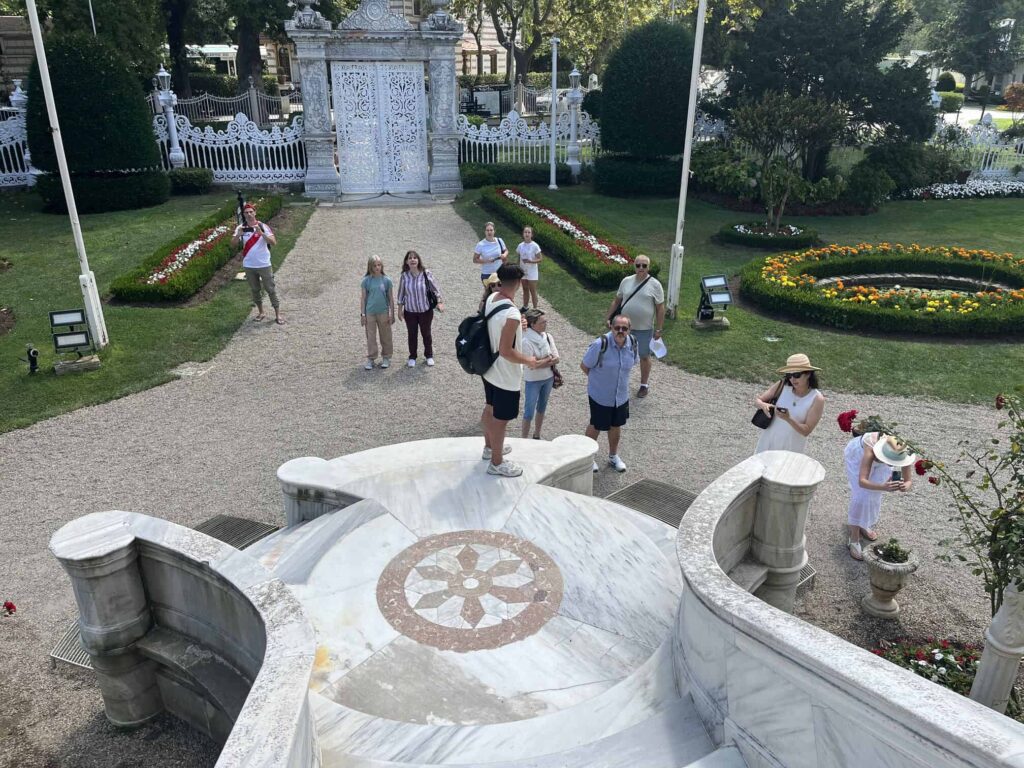
Our tours offer a unique opportunity to explore this architectural masterpiece with expert insights, highlighting the fascinating details and lesser-known stories behind each room and feature. With a professional guide, you’ll also learn about Sultan Abdülmecid’s modernization efforts and the cultural shifts that marked the end of the Ottoman Empire.
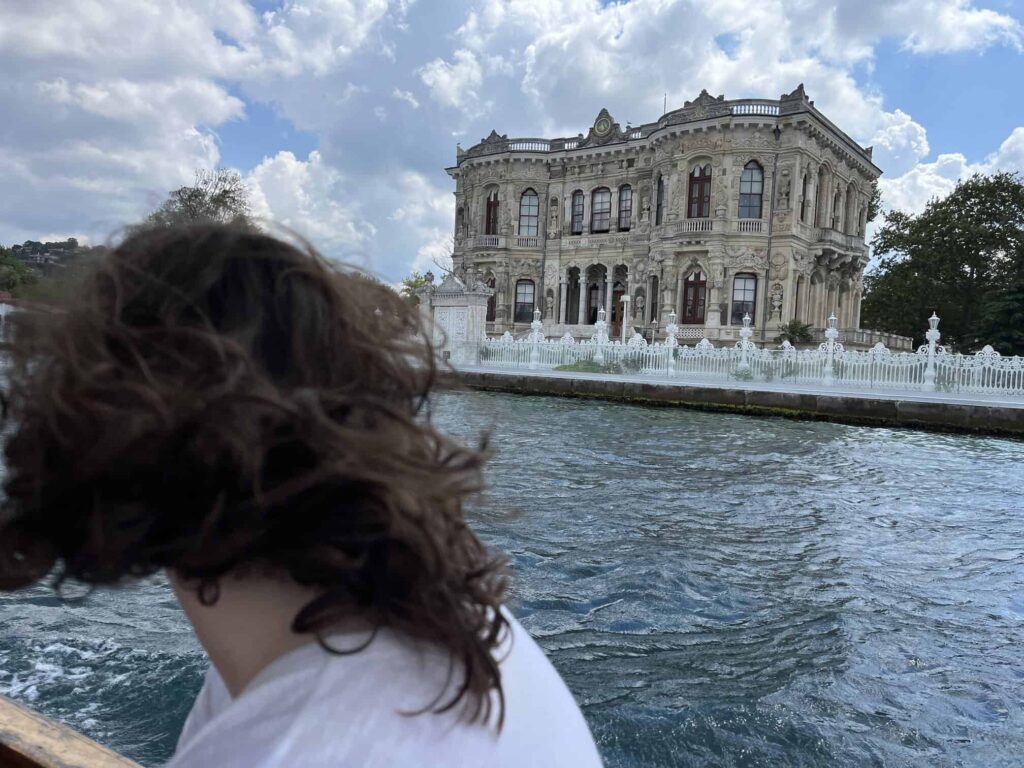
Additionally, our guided tours can incorporate nearby attractions like Anatolian Fortress and Beykoz Park, providing a full day of exploration along the Bosphorus‘s scenic shores. Let us take you beyond the surface, offering a more immersive experience and uncovering the stories of Istanbul‘s hidden treasures.
